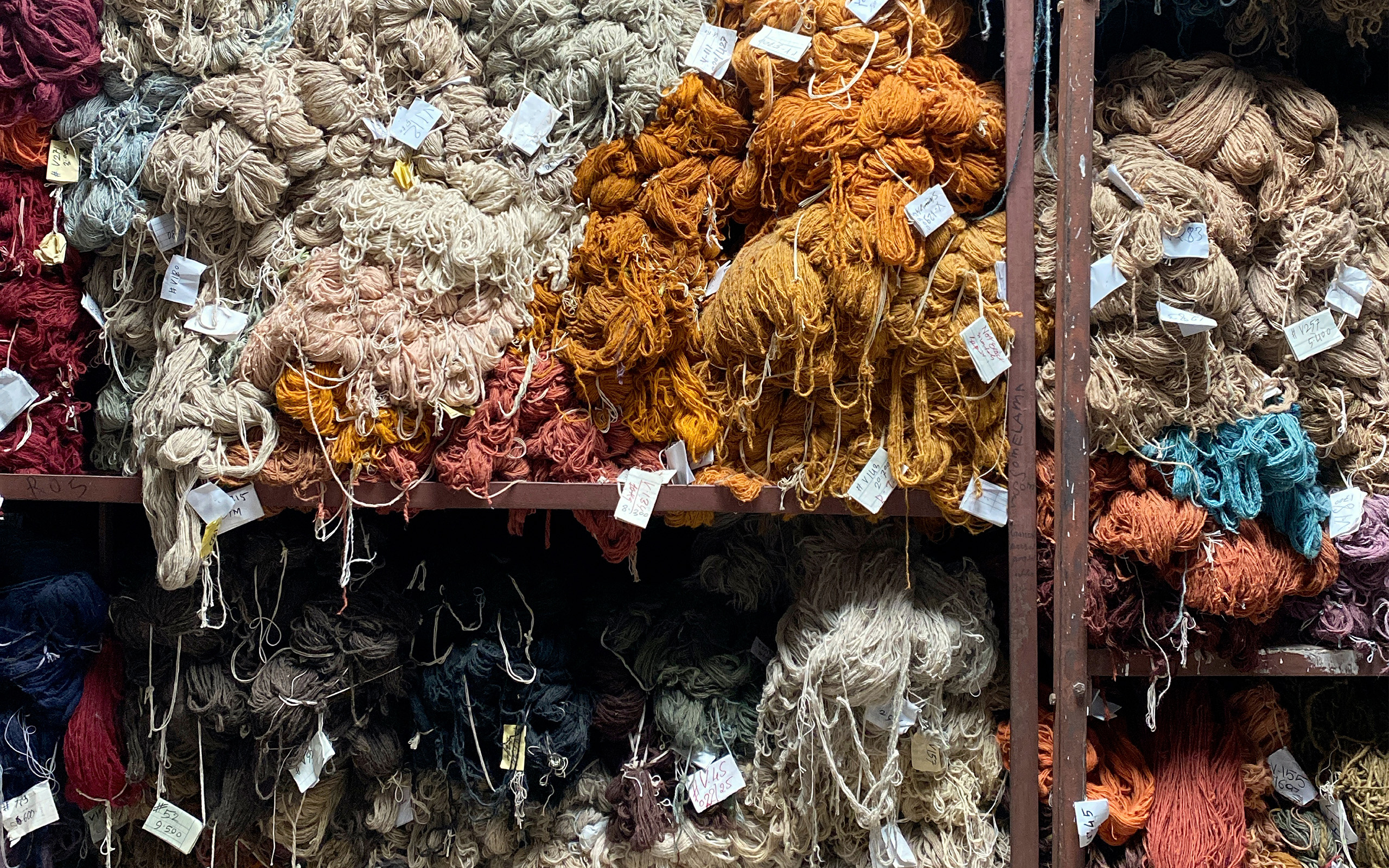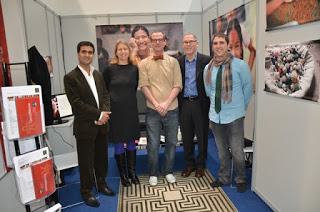For most people in the Northern Hemisphere the arrival of January signals Winter’s grasp has firmly taken hold, yet for itinerant rug and carpet buyers eager to spot the latest trends, find an antique gem in the rough, or explore the innovations which will drive the future of rugs and flooring, January can mean only one thing: Domotex. Billed by the organizers as ‘The World of Flooring’ the original fair in Hannover, Germany as well as the complementary regional shows including Domotex Turkey in Gaziantep, Turkey, Domotex Asia/ChinaFloor in Shanghai, China, and the soon to be inaugurated Domotex USA in Atlanta, United States, certainly live up to, if not exceed, this moniker. The January 2019 fair in Hannover will host over 1,600 exhibitors who will – assuming past trends hold – attract approximately 45,000 buyers representing in total over 100 countries from around the world. In short, it’s big, it’s important, and if you are serious about rugs and carpets, it’s a must attend. The Ruggist will be there for the duration of Domotex 2019 which runs Friday, 11 January through Monday, 14 January, 2019.











